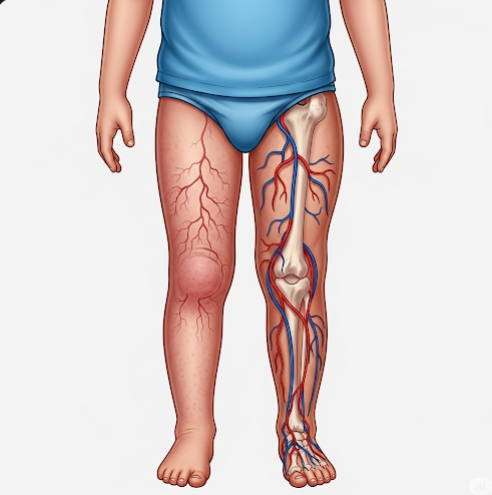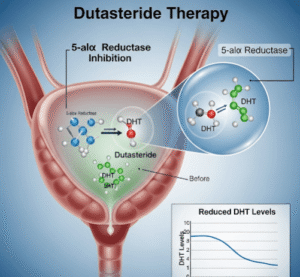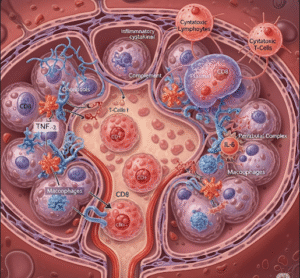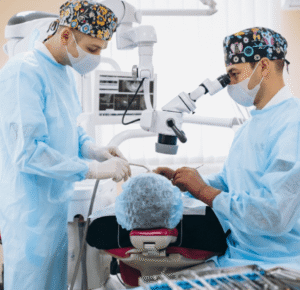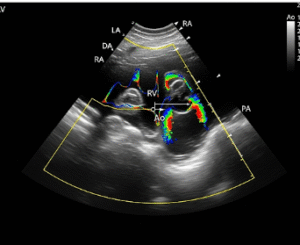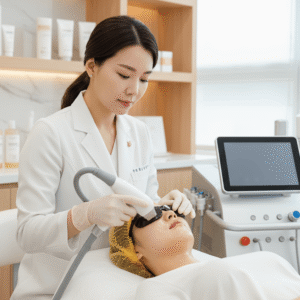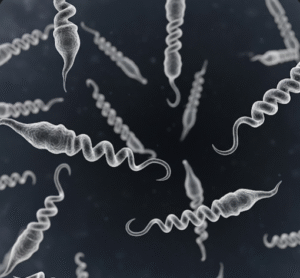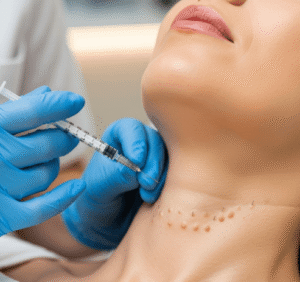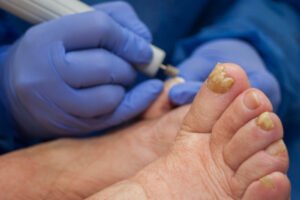Overview
Klippel-Trenaunay Syndrome (KTS) is a rare congenital vascular disorder characterized by a triad of symptoms: capillary malformations (port-wine stains), venous abnormalities (varicose veins), and soft tissue and bony overgrowth, usually affecting one limb. This syndrome can cause significant cosmetic and functional challenges as well as complications related to vascular anomalies. In Korea, specialized vascular and orthopedic centers offer comprehensive diagnostic services and multidisciplinary treatment approaches to manage symptoms and improve patient quality of life.
What Is Klippel-Trenaunay Syndrome?
Klippel-Trenaunay Syndrome is a complex congenital condition involving abnormal development of blood vessels, veins, and lymphatics, leading to enlarged limbs with skin discoloration and varicose veins. The syndrome results from somatic mutations affecting vascular growth and development, causing the classic features of port-wine stains, venous malformations, and hypertrophy of bones and soft tissues. KTS most commonly affects the lower extremities but can involve other parts of the body.
Symptoms
- Port-wine stain: a reddish to purplish birthmark usually present at birth
- Varicose veins and venous malformations leading to swelling and discomfort
- Limb hypertrophy: increased size of one limb due to bone and soft tissue overgrowth
- Pain or heaviness in the affected limb
- Skin ulcers or bleeding from vascular malformations
- Lymphedema or swelling caused by lymphatic abnormalities
- Limited mobility or functional impairment in severe cases
- Risk of deep vein thrombosis (DVT) and other vascular complications
Causes
Klippel-Trenaunay Syndrome is caused by somatic mutations that occur during embryonic development, affecting genes involved in vascular formation and growth. Recent research has identified mutations in the PIK3CA gene in many KTS patients, leading to abnormal activation of the PI3K-AKT signaling pathway, which regulates cell growth and angiogenesis. The disorder is not inherited but arises spontaneously during early development.
Risk Factors
- The exact risk factors are not well established since KTS is a sporadic congenital condition.
- No known environmental or hereditary risk factors currently linked.
- Early embryonic mutations affecting vascular development are the primary cause.
Complications
- Chronic pain and swelling in the affected limb
- Skin infections and ulcers due to vascular malformations
- Blood clots including deep vein thrombosis and pulmonary embolism
- Functional impairment and difficulty with mobility
- Psychological and social impact due to cosmetic disfigurement
- Potential for bleeding from abnormal blood vessels
- Heart strain if extensive vascular anomalies cause high blood flow
Prevention
- Since KTS is congenital and caused by spontaneous mutations, primary prevention is not possible.
- Early diagnosis and monitoring can prevent or minimize complications.
- Avoidance of trauma or injury to the affected limb to reduce bleeding and infections.
- Lifestyle modifications to promote vascular health and reduce clot risks.
Treatment Options in Korea
Korean medical centers provide multidisciplinary care combining vascular surgery, interventional radiology, dermatology, and rehabilitation:
- Conservative Management:
- Compression therapy using specialized garments to reduce swelling and improve venous return
- Pain management with medications and physical therapy
- Skin care to prevent ulcers and infections
- Interventional Procedures:
- Sclerotherapy to close abnormal veins and reduce varicosities
- Laser therapy for port-wine stains and skin discoloration
- Embolization techniques to block problematic blood vessels
- Surgical Treatments:
- Removal or correction of problematic venous malformations or hypertrophic tissue
- Orthopedic surgery to address limb length discrepancies and functional impairments
- Reconstruction procedures for severe cases
- Multidisciplinary Support:
- Regular monitoring by vascular specialists, dermatologists, orthopedic surgeons, and rehabilitation therapists
- Psychological counseling and social support for coping with chronic disease and cosmetic issues
Korea’s advanced diagnostic tools, minimally invasive vascular therapies, and expert surgical care provide effective management of Klippel-Trenaunay Syndrome, improving patient outcomes and quality of life.

